plants for boggy/swale area in NH
klew
11 years ago
Related Stories
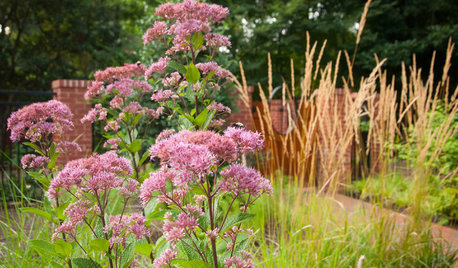
GARDENING GUIDESGreat Design Plant: Eutrochium Maculatum
Sculptural, slightly tropical looking and a boon to wildlife, Spotted Joe Pye Weed is a gotta-have plant in many parts of the U.S.
Full Story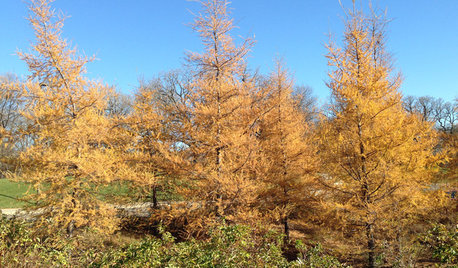
GARDENING GUIDESGreat Design Plant: Larix Laricina Glows Gold in Late Autumn
Plant tamarack for a beautiful late-fall golden display
Full Story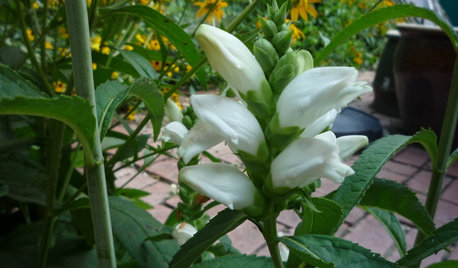
GARDENING GUIDESGreat Design Plant: Chelone Glabra
White turtlehead is perfect for rain gardens and moonlit strolls; plant this butterfly host in spring for subtle style in late summer
Full Story
GARDENING GUIDES10 Solutions for Soggy Soil
If a too-wet garden is raining on your parade, try these water-loving plants and other ideas for handling all of that H2O
Full Story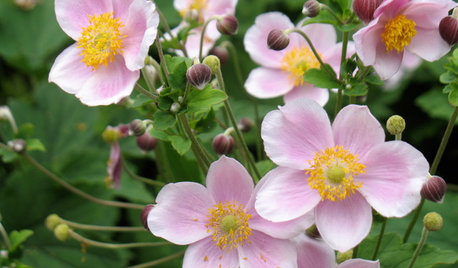
GARDENING GUIDESNortheast Gardener's August Checklist
It's hot in the August garden! Cool off with airy grasses and tactile plants that catch the breeze
Full Story
MOST POPULARMeet a Lawn Alternative That Works Wonders
Carex can replace turfgrass in any spot, is low maintenance and adjusts easily. Add its good looks and you’ve got a ground cover winner
Full Story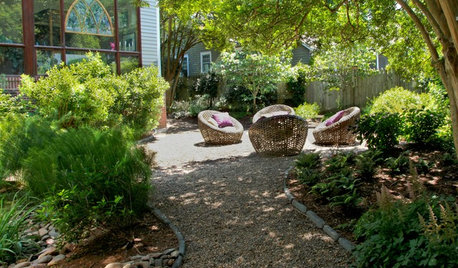
LANDSCAPE DESIGNEasy Ways to Manage Stormwater for Lower Bills and a Healthier Earth
Send cleaner runoff into local waterways and spend less on yard irrigation with these simple landscaping approaches
Full Story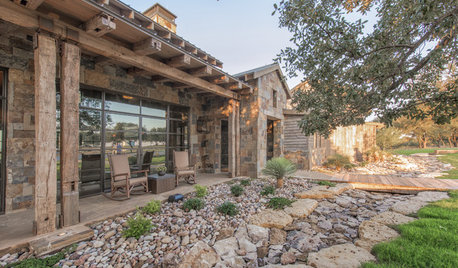
LANDSCAPE DESIGNTo Manage Stormwater Sustainably, Understand Your Site
Follow this guide to learn how water moves through your landscape and how best to manage it
Full StoryMore Discussions








mad_gallica (z5 Eastern NY)
diggerdee zone 6 CT
Related Professionals
Garden City Landscape Architects & Landscape Designers · Lowell Landscape Architects & Landscape Designers · Middle Island Landscape Architects & Landscape Designers · Bound Brook Landscape Contractors · Cockeysville Landscape Contractors · Coram Landscape Contractors · Dickinson Landscape Contractors · Forest Hills Landscape Contractors · San Rafael Landscape Contractors · Watertown Landscape Contractors · Ferguson Landscape Contractors · Boone Decks, Patios & Outdoor Enclosures · Kansas City Decks, Patios & Outdoor Enclosures · Kissimmee Decks, Patios & Outdoor Enclosures · Westford Decks, Patios & Outdoor EnclosuresNHBabs z4b-5a NH
diggerdee zone 6 CT